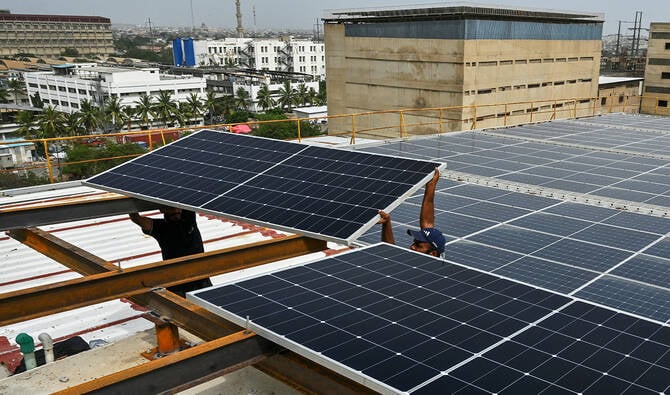Pakistan’s rapid shift to rooftop solar is set to reshape its energy system, with daytime demand from the national grid in key urban and industrial centres expected to fall to zero or even turn negative during certain hours next year.
At COP30 in Brazil, Climate Secretary Aisha Moriani told Reuters that cities like Lahore, Faisalabad, and Sialkot could see “negative grid-linked demand” as solar from homes and businesses fully meets, or exceeds, local power needs especially on bright summer afternoons, industrial holidays, and mild-weather days.
Driven by load-shedding and soaring tariffs, rooftop solar, net metering, and small commercial systems have spread quickly, making Pakistan one of the world’s largest solar panel importers and turning solar into a primary daytime power source rather than a backup.
This puts Pakistan among the first major emerging economies where solar output can surpass grid demand for extended periods, signaling a shift from centralized generation to a more distributed, consumer-as-producer model.
The boom, however, is straining already indebted power utilities as reduced daytime grid use cuts revenues while fixed costs for capacity and grid maintenance remain. The government is now designing new tariffs so large solar users still contribute to system upkeep, even if they draw less power during the day.
Rising solar output is also forcing a rethink of LNG imports. Pakistan is seeking cheaper prices, flexible schedules, and fewer cargoes particularly from Qatar and has cancelled some deliveries from Italy’s Eni to better match fuel buying with demand, fiscal limits, and seasonal patterns.
While grid demand is still expected to grow by 3–4% this year, solar adoption is likely to temper that growth and reshape when and how power is used. If backed by smart tariffs, grid upgrades, and flexible fuel contracts, Pakistan’s solar-heavy future could lower imports, cut emissions, and improve reliability—provided policy and infrastructure keep pace with the panels rapidly spreading across rooftops.
